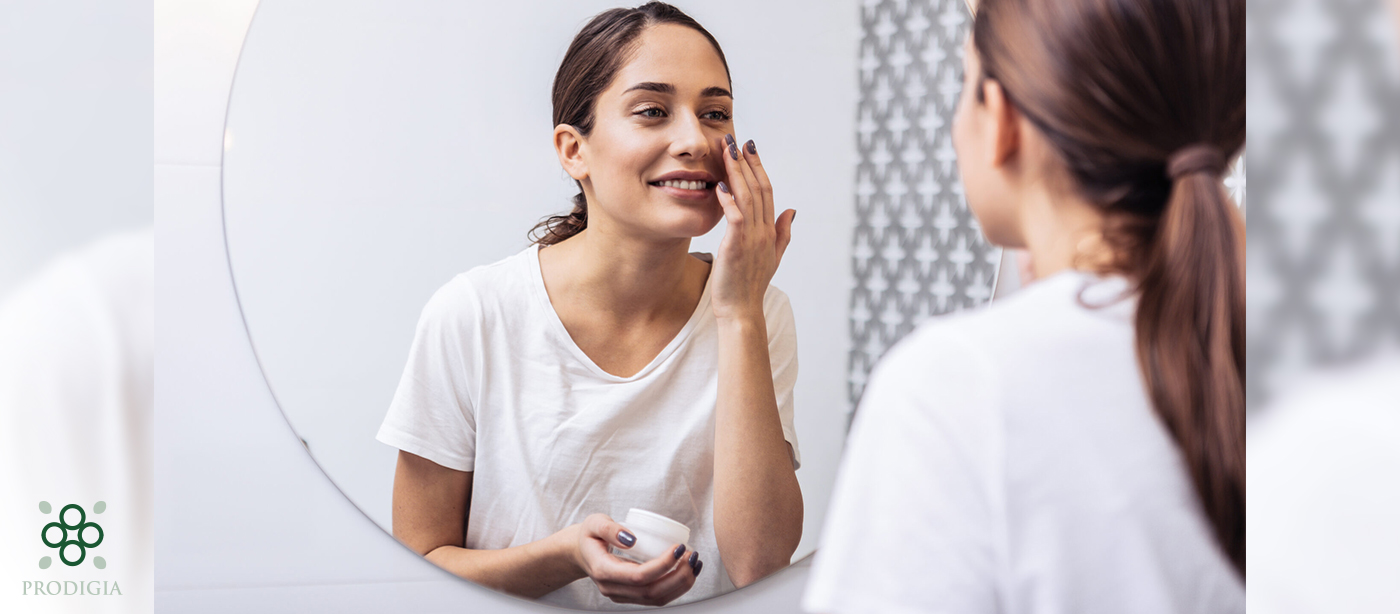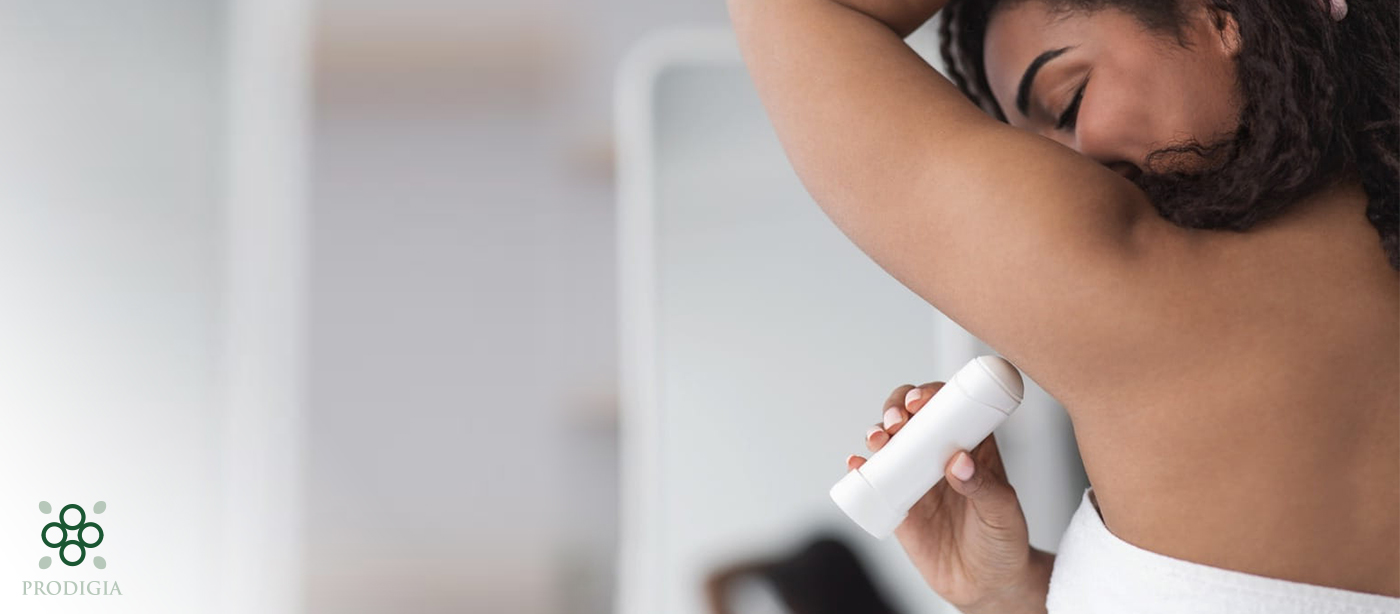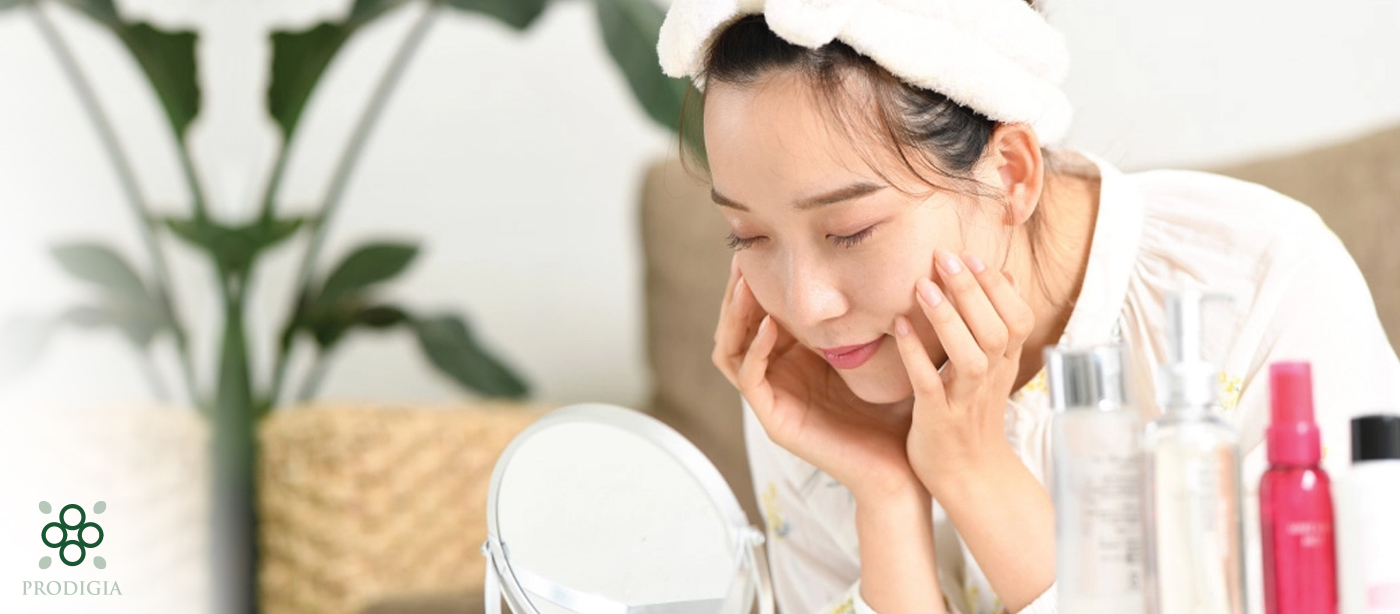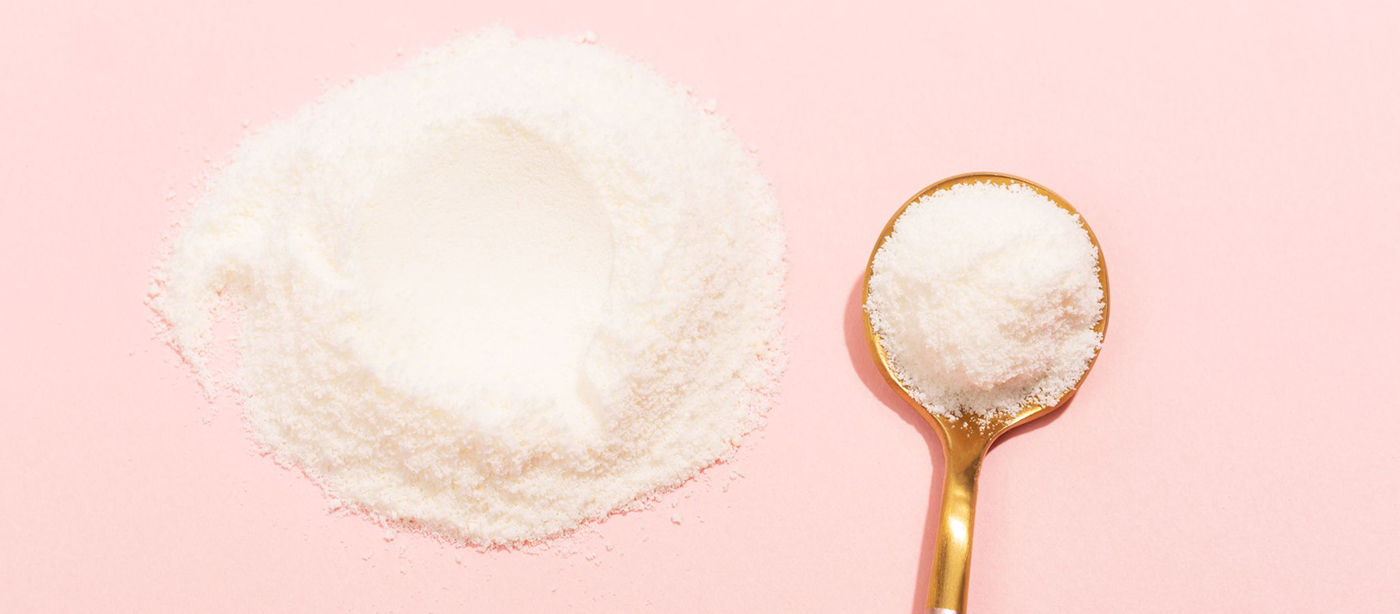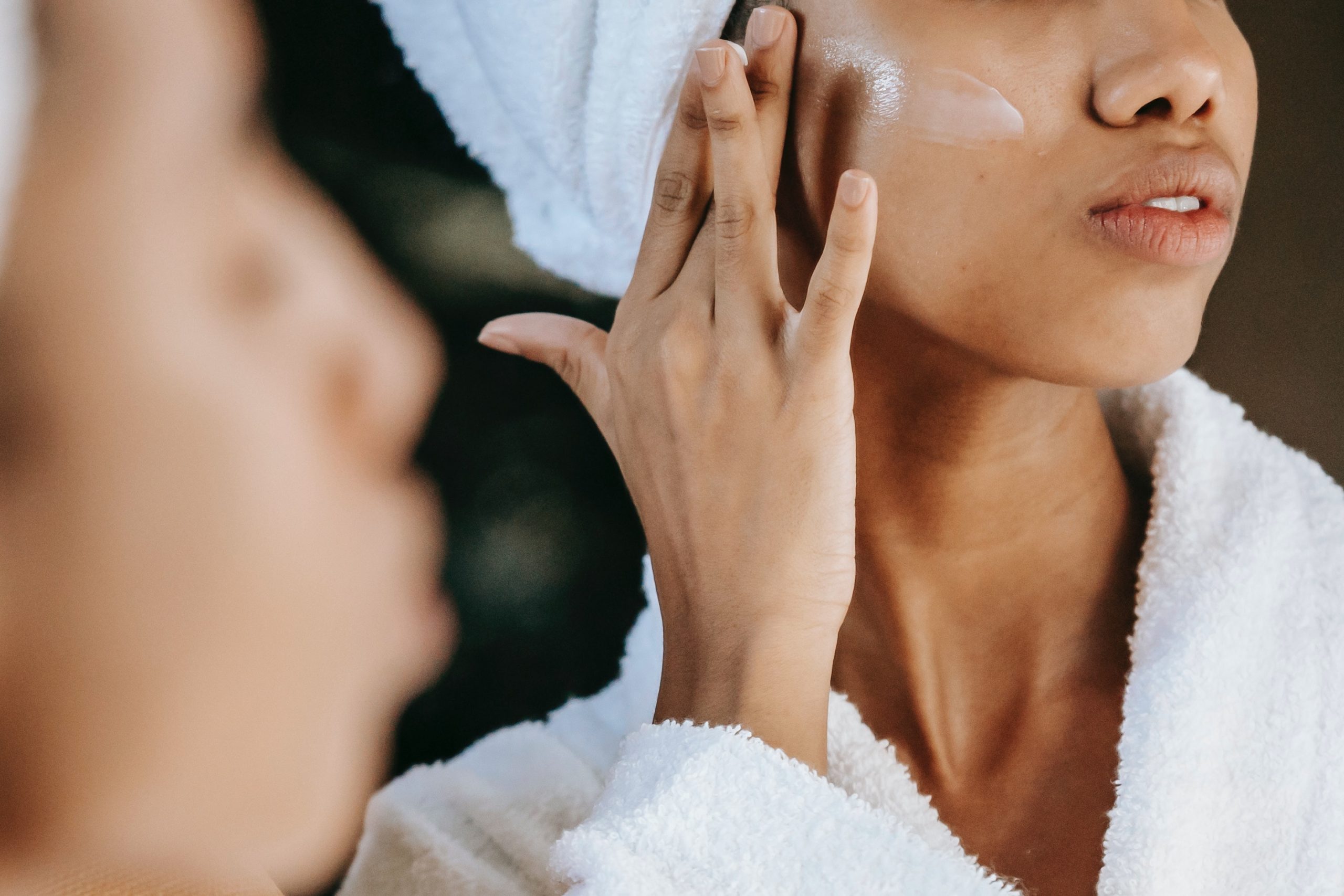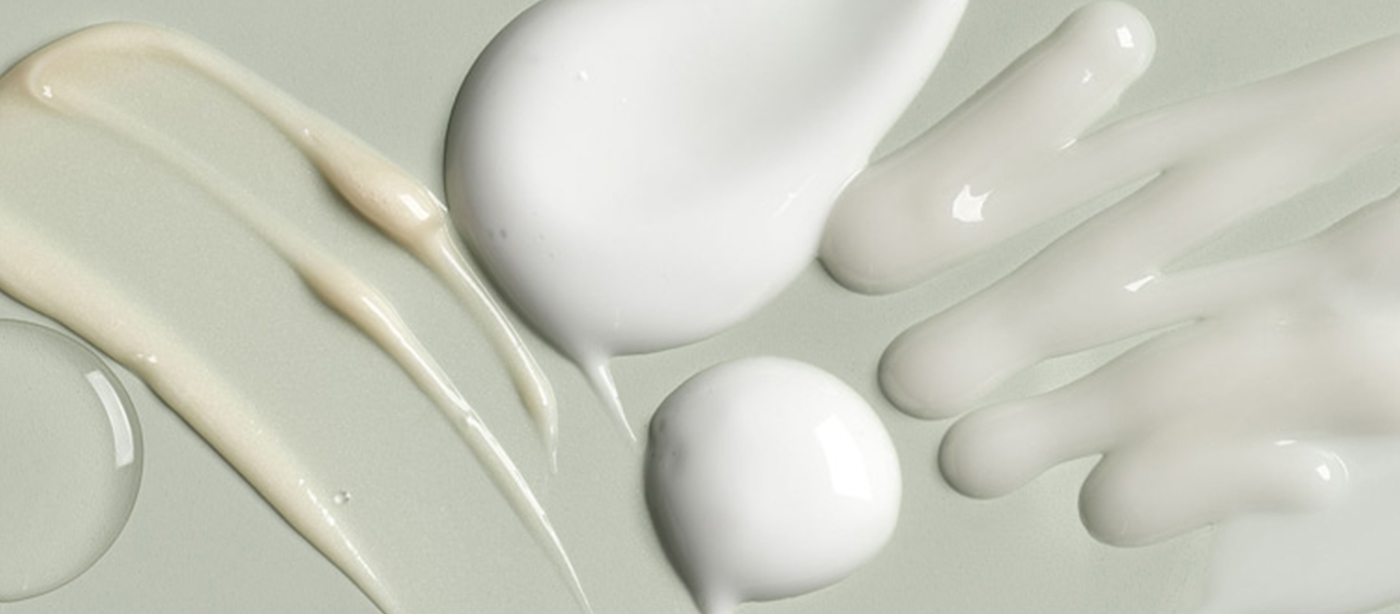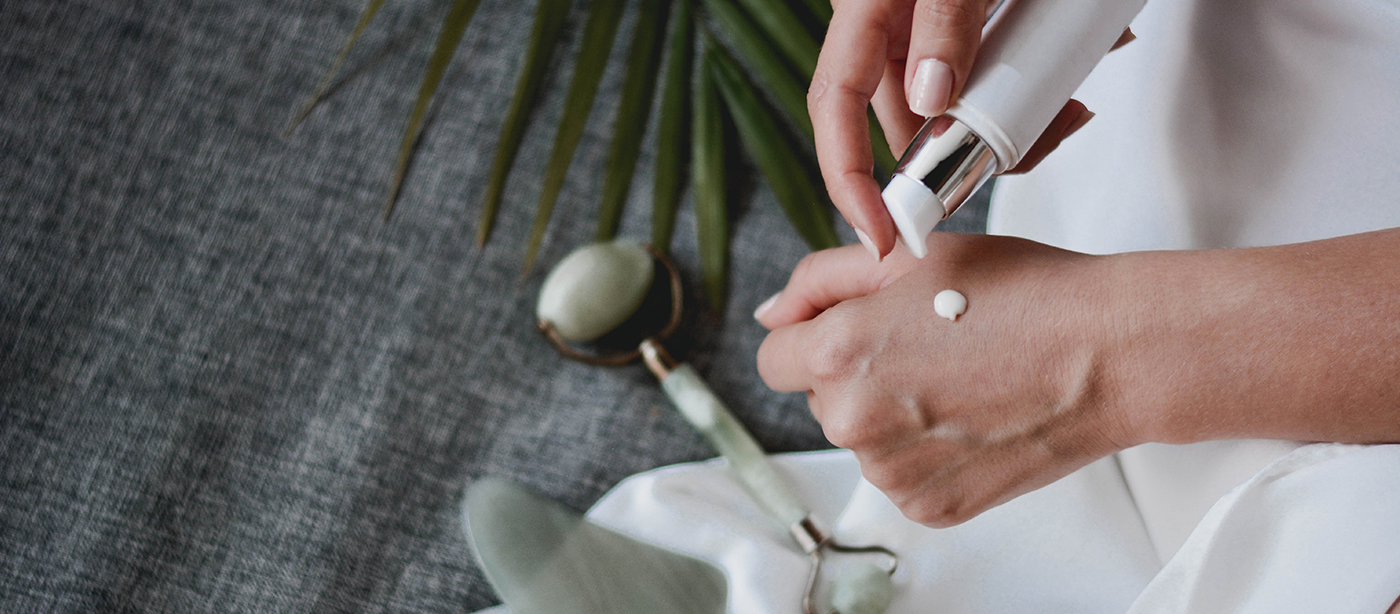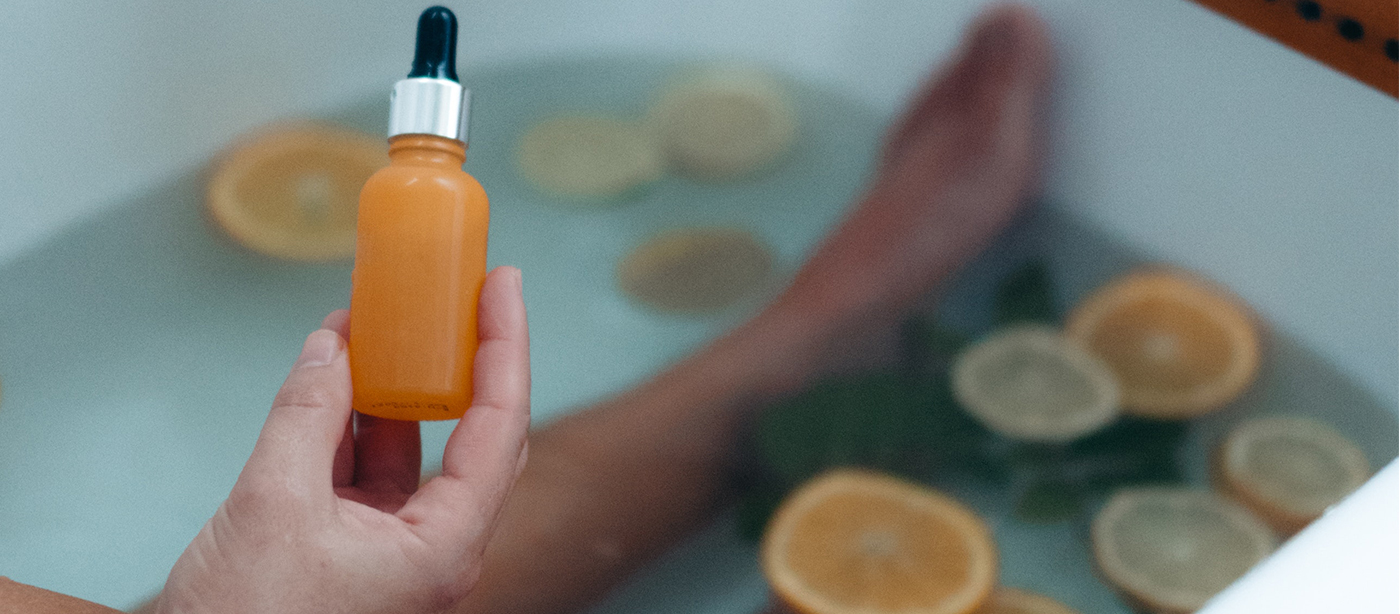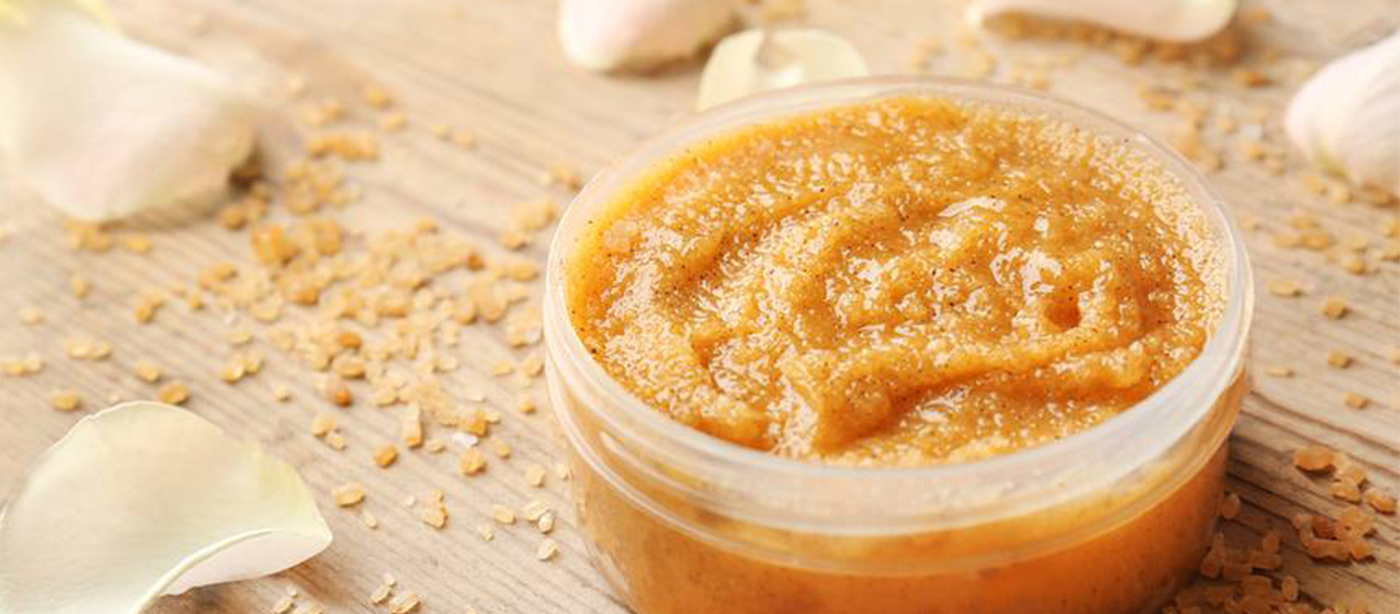No nighttime routine is complete without an excellent night cream. You will select your formulations according to the needs of your target category of customers. There are two main rules to abide by to create the ultimate night cream ; first, the moisturizing or hydration aspect and second the nutrient intake of the night cream.
How does it translate into a night cream ? What active ingredients should we incorporate into a formula in order to achieve perfection ? The answers in the article below:
I - The moisturizing aspect of the night cream:
The first aspect of a good night cream is the moisturizing or hydration potential. In our formula, we incorporate a hydration active derived from xylitol, a sugary active that can be found in its natural states in fruits like plums and strawberries. This powerful active ingredient ensures the circulation of water throughout all layers of the skin. It stimulates the production of hyaluronic acid and encourages water retention for up to 24 hours. After 28 days, the skin is considerably more supple and fine lines are less visible.
The 3D moisturizing action of the Aquaxyl active ingredient is ensured by harmonizing the skin’s water flows. It forms an anti-dehydration shield, by reinforcing the production by the skin of lipids and proteins necessary for maintaining hydration. Once the water balance is restored, the skin becomes more flexible and resistant.
II - The nutritional aspect of the night cream:
The second aspect of an excellent night cream is the nutritional aspect. By infusing your night cream with an oil rich in antioxidants and polyphenols, you elevate its nutritional potential. Natural polyphenols are powerful free radical scavengers that help facial skin better fight against daily oxidative stress. Combine polyphenols with strong natural antioxidants, and you get more than an ordinary night cream; a real brake on aging.
These active ingredients act against fine lines and dehydration, nourishing the skin in depth.
Virgin argan oil, prickly pear seed oil and wheat germ oil are an excellent source of vitamin E and antioxidants in a night cream. They are particularly suited to dry and mature skin types. Jojoba, grape seed oil and hazelnut oil provide lighter nutrients while being non comedogenic, they are a perfect source of nutrition for oily and mixed skin types.
III - The importance of daily application of moisturizing night creams:
It is during the night that the skin regenerates. It recovers from aggressions that have occurred during day time, because of the sun, the wind, and pollution. In order to properly activate cell renewal and allow skin repair, it is important to apply a night cream that suits its specific needs.
During the day, the skin is in ‘defense’ mode; the day cream is protective. On the other hand, during the night, it regenerates. Hence the need for a night cream full of active ingredients that will help it rehydrate, firm up and repair itself.
Need advice? Contact Prodigia.

